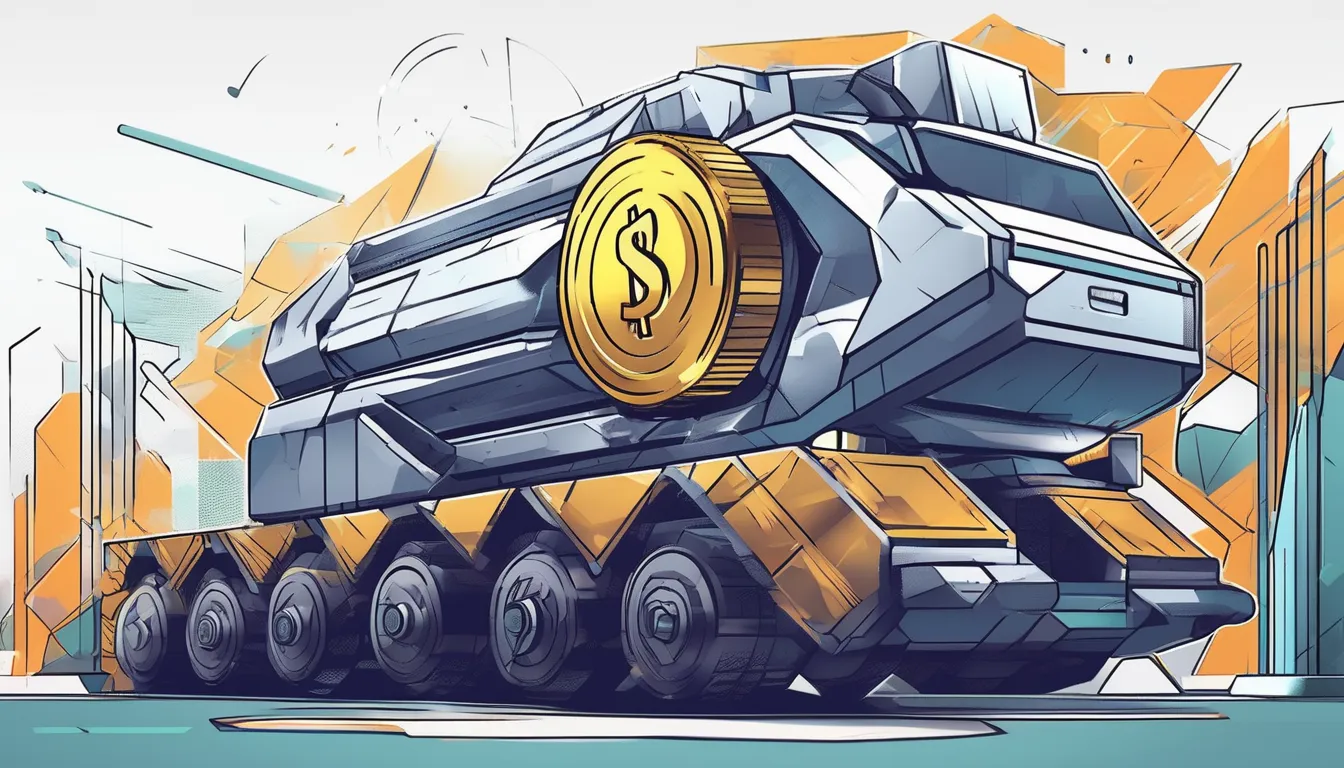
When it comes to preventing erosion on your property, selecting quality drainage pipe parts is just the beginning. You’ll need to choose the right materials, consider the pipe’s diameter and slope, and ensure proper installation to keep water flowing freely. But what happens when you’ve got the perfect system in place, only to have it compromised by clogged pipes or loose connections? Regular maintenance is key to preventing erosion, but where do you start? By examining the crucial elements of a well-functioning drainage system, you’ll be better equipped to protect your landscape from the devastating effects of erosion.
Choosing the Right Drainage Pipes
When it comes to preventing erosion, choosing the right drainage pipes is crucial. You’ll need to consider the specific needs of your project to ensure you’re using the right pipes for the job.
Start by assessing the area where you’ll be installing the pipes, taking note of the slope, soil type, and water flow. This information will help you determine the diameter and length of the pipes you’ll need.
Next, think about the volume of water the pipes will need to handle. If you’re dealing with heavy rainfall or flooding, you’ll want to choose pipes with a larger diameter to accommodate the excess water.
You should also consider the pipe’s inlet and outlet configuration to ensure it can handle the water flow effectively.
Understanding Drainage Pipe Materials
Understanding Drainage Pipe Materials
Drainage pipe systems rely heavily on the materials used to make their components. As you plan to install a drainage system, it’s essential to understand the different types of materials available and their characteristics. The material you choose will significantly impact the performance and durability of your drainage system.
| Material | Pros | Cons |
|---|---|---|
| PVC (Polyvinyl Chloride) | Lightweight, corrosion-resistant, and affordable | Prone to cracking and brittle in cold temperatures |
| HDPE (High-Density Polyethylene) | Strong, durable, and resistant to chemicals | More expensive than PVC, and may be prone to sagging |
| Galvanized Steel | Strong, durable, and resistant to corrosion | Heavy, expensive, and may rust over time |
When selecting a material, consider the specific needs of your 排水管 岐阜県 system. For example, if you live in an area with high water tables or corrosive soil, you may want to choose a material that’s resistant to corrosion, such as PVC or HDPE. Additionally, consider factors like budget, durability, and maintenance requirements to ensure you choose the best material for your drainage system.
Installing Drainage Pipes Correctly
With your drainage pipe materials selected, it’s time to focus on the installation process. You’ll want to start by marking the area where you’ll be digging your trench. Make sure to mark it clearly and accurately, taking into account the slope and grade of the land.
It’s essential to ensure the pipe slopes downward to allow water to flow freely.
As you begin digging, be mindful of any underground utilities or obstacles that could interfere with your drainage pipe. Use a trenching shovel or backhoe to dig the trench, depending on the depth and length of your pipe.
Once the trench is dug, lay down a layer of compacted gravel to provide a stable base for your pipe.
Next, place the drainage pipe in the trench, ensuring it’s level and securely connected to any fittings or adapters. Use a spirit level to double-check the pipe’s alignment.
Maintaining Drainage Pipe Systems
Maintaining Drainage Pipe Systems
Proper maintenance is crucial to extending the lifespan of your drainage pipe system.
By performing regular checks and addressing any issues promptly, you can prevent erosion and ensure the system functions efficiently.
This not only saves you money in the long run but also helps protect the surrounding environment.
To maintain your drainage pipe system effectively, follow these steps:
- Inspect pipes regularly: Check for signs of damage, such as cracks, rust, or corrosion, and address them immediately.
- Clear blockages: Remove any debris or sediment that may be obstructing the flow of water through the pipes.
- Check connections: Ensure all connections are secure and not leaking, as loose connections can lead to erosion.
- Schedule professional maintenance: Hire a professional to inspect and maintain your drainage pipe system annually, or as needed.
Selecting the Best Pipe Fittings
Selecting the Best Pipe Fittings
Now that you’ve got a handle on maintaining your drainage pipe system, it’s time to turn your attention to selecting the best pipe fittings. This critical step can make all the difference in preventing erosion and ensuring your drainage system functions smoothly.
When choosing pipe fittings, consider the type of pipe you’re using and the specific needs of your drainage system. For example, if you’re working with PVC pipes, you’ll need PVC-compatible fittings.
Look for fittings made from high-quality, durable materials that can withstand the elements and heavy water flow. Corrosion-resistant fittings are especially important in areas with high water tables or where the soil is prone to erosion.
Consider the size and shape of the fittings as well, ensuring they fit snugly and securely onto your pipes. Don’t forget to check the fittings’ pressure ratings to ensure they can handle the water pressure in your system.
Conclusion
You’ve taken the right steps to prevent erosion by learning about quality drainage pipe parts. By choosing the right materials, installing pipes correctly, and maintaining your system, you’re ensuring effective water flow and a stable landscape. Remember to inspect and maintain your drainage pipe system regularly to prevent damage and erosion. With the right knowledge and routine upkeep, your property will remain safe and secure for years to come.



